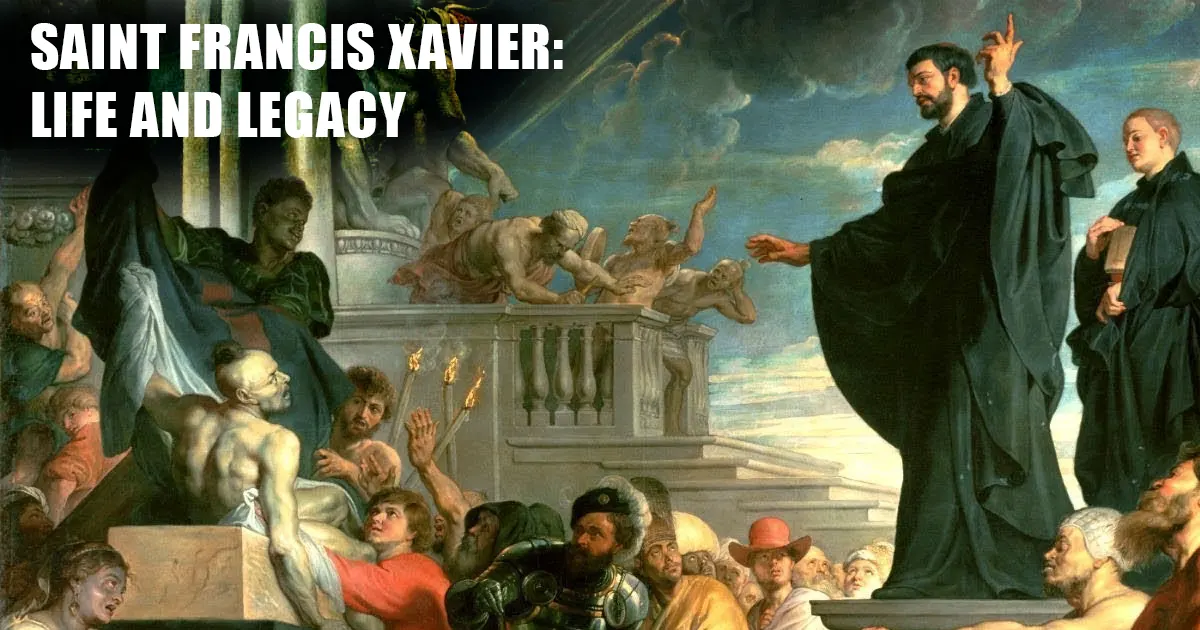
Context
The sacred relics of Saint Francis Xavier are displayed in Goa during a 45-day exposition starting in November, drawing pilgrims and tourists for veneration. This event includes religious ceremonies and underscores his spiritual and historical significance.
About Saint Francis Xavier
- Early Life:
- Born in 1506 in Javier, Kingdom of Navarre (modern-day Spain).
- He was one of the first seven Jesuits and a co-founder of the Society of Jesus (Jesuits) alongside Ignatius of Loyola.
- Missionary Work in India:
- Arrived in Goa in 1542 to minister to the Portuguese settlers and evangelize among the local population.
- Known as “Goencho Saib” (Lord of Goa), he is a revered figure in Goa’s religious and cultural identity.
- Journey of His Relics:
- After his death in 1552 on Shangchuan Island, China, his body was exhumed multiple times.
- Transported to Malacca and later brought to Goa in 1554.
- His body is enshrined in the Basilica of Bom Jesus in Goa, where it was placed in 1624.
- Miraculous Preservation:
- The body of Saint Francis Xavier is considered incorrupt, as it remained intact and did not decompose despite multiple burials and exhumations.
Significance of Saint Francis Xavier
- Religious Contributions:
- Played a pivotal role in spreading Christianity in Asia, especially in India, Japan, and the Malay Archipelago.
- Instrumental in the establishment of educational institutions under the Jesuits.
- Cultural and Spiritual Impact in Goa:
- A symbol of faith for the Goan Christian community.
- Celebrated annually on his feast day, December 3.
- Historical Significance:
- Recognized as a bridge between European and Asian cultures through his missionary work.
- Canonized as a saint by Pope Gregory XV in 1622.
Exposition of Relics
- Held approximately once every 10 years, the exposition is a major event in Goa, attracting both pilgrims and tourists.
- It highlights the enduring legacy of Saint Francis Xavier’s spirituality and his role in shaping Goa’s religious heritage.




